Home>Gardening & Outdoor>Landscaping Ideas>What Grass Turns Brown In Winter
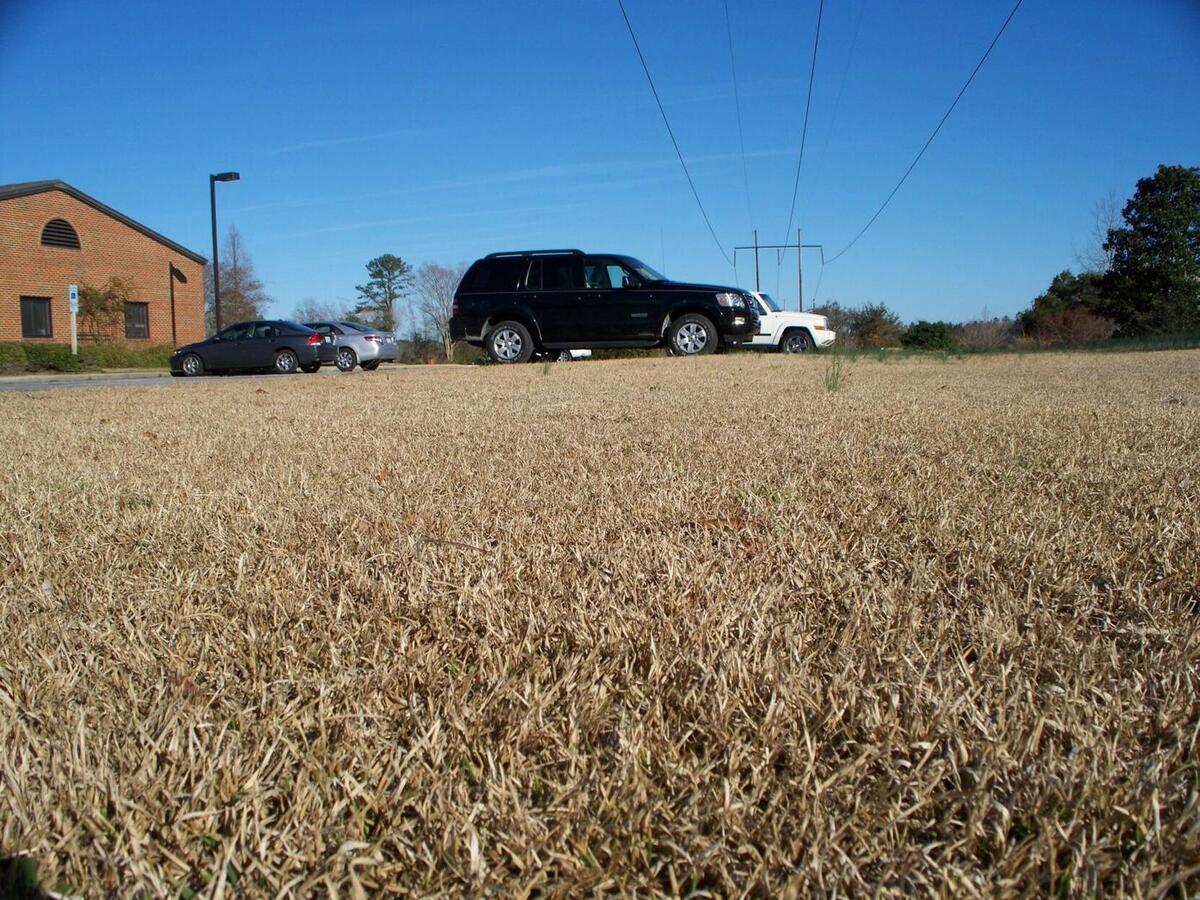

Landscaping Ideas
What Grass Turns Brown In Winter
Modified: March 28, 2024
Discover the best landscaping ideas for winter with our guide on what grass turns brown in winter. Keep your lawn looking lush and vibrant all year round.
(Many of the links in this article redirect to a specific reviewed product. Your purchase of these products through affiliate links helps to generate commission for Storables.com, at no extra cost. Learn more)
Introduction
When winter arrives, the vibrant green lawns that adorned your property during the warmer months may undergo a dramatic transformation. The lush, emerald carpet of grass can give way to a dull, lackluster appearance, with patches of brown seemingly spreading across the landscape. This change in color can be a source of concern for many homeowners and garden enthusiasts. Understanding why grass turns brown in winter is essential for maintaining a healthy and visually appealing lawn throughout the year.
The transformation of grass from green to brown during the winter months is a natural occurrence influenced by several factors, including the type of grass, climate, and environmental conditions. By delving into the intricacies of cool-season and warm-season grasses, as well as the unique challenges presented by the transition zone, we can gain valuable insights into the mechanisms behind this seasonal phenomenon.
In this comprehensive guide, we will explore the fascinating world of grasses, shedding light on the reasons behind their color changes in winter. By understanding the distinct characteristics of various grass types and the impact of environmental factors, you will be empowered to make informed decisions about lawn care and maintenance. So, let's embark on a journey through the intricate tapestry of grasses and uncover the secrets behind their winter transformations.
Key Takeaways:
- Grass turns brown in winter due to natural dormancy for cool-season grasses and reduced growth for warm-season grasses. Understanding these changes helps in tailored lawn care for a vibrant spring resurgence.
- Factors like temperature, daylight hours, soil moisture, nutrients, and grass species influence winter grass color. Tailoring care based on these factors supports lawn resilience and vitality year-round.
Read more: What Makes Grass Turn Brown
Cool-Season Grasses
Cool-season grasses, as the name suggests, thrive in cooler climates and are well-adapted to regions with cold winters and moderate summers. These grasses exhibit optimal growth when temperatures range between 60°F and 75°F, making them well-suited for northern regions and higher elevations. Common varieties of cool-season grasses include Kentucky bluegrass, fescue, and ryegrass.
During the winter months, cool-season grasses undergo a natural dormancy period in response to the colder temperatures. As the mercury drops, these grasses enter a state of reduced metabolic activity, causing a visible change in their color. The once vibrant green blades gradually transition to shades of brown or tan, signaling their dormancy and conservation of energy.
This transformation is a survival mechanism that allows cool-season grasses to endure harsh winter conditions. By redirecting their resources and limiting active growth, these grasses conserve energy and essential nutrients, ensuring their resilience in the face of cold stress and frost. While the sight of brown grass may initially raise concerns, it is important to recognize that this dormancy is a natural and adaptive response to seasonal changes.
Despite their dormancy, cool-season grasses retain their root systems, which continue to provide stability and support to the soil. This root resilience enables the grasses to rebound vigorously when spring arrives, initiating a vibrant resurgence of green growth as temperatures rise and daylight hours increase. Understanding the behavior of cool-season grasses during winter is crucial for implementing appropriate lawn care practices and managing expectations regarding their appearance.
By acknowledging the dormancy of cool-season grasses and embracing their seasonal color changes, homeowners and landscapers can adopt tailored maintenance strategies to promote overall lawn health. From adjusting mowing heights to implementing targeted fertilization, the care provided during winter can significantly impact the revitalization of cool-season grasses in the ensuing spring. Embracing the unique characteristics of these grasses allows for a harmonious coexistence with nature’s seasonal rhythms, fostering a deeper appreciation for the resilience and beauty of cool-season lawns.
Warm-Season Grasses
Contrasting with cool-season grasses, warm-season grasses are tailored for regions with hot summers and mild winters. These grasses thrive in temperatures ranging from 80°F to 95°F, making them well-suited for southern regions and areas with tropical and subtropical climates. Common varieties of warm-season grasses include Bermuda grass, Zoysia grass, and St. Augustine grass.
During the winter months, warm-season grasses undergo a distinct transformation, exhibiting a shift in color as they respond to the cooler temperatures and reduced daylight hours. The once lush and verdant lawns, characterized by their vibrant green hues, gradually transition to a more subdued color palette, often manifesting as shades of brown or tan.
Unlike the dormancy observed in cool-season grasses, the color change in warm-season grasses during winter is primarily attributed to their reduced metabolic activity and growth rate. As the environmental conditions become less conducive for vigorous growth, these grasses adjust their physiological processes, conserving energy and resources to withstand the seasonal challenges.
It is important to note that the winter coloration of warm-season grasses does not signify dormancy in the same manner as cool-season grasses. Instead, it reflects a period of reduced growth and metabolic slowdown, allowing the grasses to adapt to the temporary environmental changes while maintaining their root systems and overall resilience.
Understanding the behavior of warm-season grasses during winter is essential for implementing appropriate lawn care practices and managing expectations regarding their appearance. While the sight of brown or dormant grass may initially raise concerns, it is crucial to recognize that this seasonal transition is a natural and adaptive response to environmental variations.
By acknowledging the unique characteristics of warm-season grasses and embracing their seasonal color changes, homeowners and landscapers can adopt tailored maintenance strategies to promote overall lawn health. From adjusting irrigation schedules to implementing targeted winter lawn care, the practices employed during this period can significantly impact the revitalization of warm-season grasses as they transition into the warmer months. Embracing the seasonal nuances of these grasses fosters a deeper appreciation for their resilience and adaptability, enriching the landscape with a dynamic tapestry of colors throughout the year.
Consider overseeding your lawn with a cool-season grass like ryegrass in the fall. This will help keep your lawn green during the winter months when warm-season grasses turn brown.
Transition Zone
The transition zone, characterized by its diverse climate and fluctuating temperature patterns, presents unique challenges for maintaining healthy and vibrant lawns throughout the year. This transitional region encompasses areas where both cool-season and warm-season grasses can be cultivated, leading to a dynamic interplay of grass types and their respective responses to seasonal changes.
During the winter months in the transition zone, the intricate dance between cool-season and warm-season grasses unfolds against the backdrop of variable climatic conditions. As temperatures fluctuate and cold fronts sweep through the region, both grass types undergo distinct transformations, reflecting their inherent adaptations to the prevailing environmental factors.
Cool-season grasses in the transition zone experience a degree of dormancy as they respond to the cooler temperatures, mirroring the behavior observed in northern regions. The onset of winter triggers a shift in their coloration, with the once vibrant green lawns giving way to muted tones of brown or tan. This dormancy is a natural response that enables cool-season grasses to conserve energy and resources, ensuring their survival during the colder months.
Conversely, warm-season grasses in the transition zone navigate the winter period with a different strategy, adjusting their metabolic activity and growth rate to cope with the fluctuating temperatures and reduced daylight hours. This adaptation manifests as a change in color, with the lush green lawns transitioning to subdued hues of brown, reflecting the grasses’ reduced growth and dormancy avoidance mechanisms.
Managing lawns in the transition zone during winter requires a nuanced approach that considers the unique characteristics and behaviors of both cool-season and warm-season grasses. By understanding the interplay between these grass types and the dynamic nature of the region’s climate, homeowners and landscapers can implement targeted lawn care practices to support the resilience and vitality of their lawns throughout the winter months.
Embracing the seasonal nuances of the transition zone fosters a deeper appreciation for the diverse array of grasses that thrive in this region, enriching the landscape with a captivating mosaic of colors and textures. By harmonizing the care provided to cool-season and warm-season grasses, the transition zone can showcase the beauty of nature’s adaptability, offering a tapestry of ever-changing hues that captivate and inspire throughout the year.
Factors Affecting Grass Color
The color of grass during winter is influenced by a myriad of factors, encompassing environmental conditions, soil characteristics, and the inherent traits of different grass species. Understanding these influential factors is essential for gaining insights into the seasonal color changes observed in lawns and landscapes, empowering homeowners and landscapers to make informed decisions regarding lawn care and maintenance.
1. Temperature: The ambient temperature plays a pivotal role in shaping the coloration of grass during winter. Cool-season grasses exhibit a natural dormancy response to colder temperatures, leading to a shift in their color from green to brown or tan. Conversely, warm-season grasses adjust their metabolic activity and growth rate in response to cooler temperatures, resulting in a subdued coloration during the winter months.
2. Daylight Hours: The duration of daylight significantly impacts the behavior of grasses during winter. As daylight hours diminish, both cool-season and warm-season grasses undergo physiological adjustments, reflecting reduced growth and metabolic activity. This response is mirrored in the color changes observed in lawns, as the grasses transition to muted hues in preparation for the winter dormancy or reduced growth period.
3. Soil Moisture: The moisture content of the soil directly influences the health and coloration of grass during winter. Inadequate soil moisture can contribute to stress in both cool-season and warm-season grasses, leading to compromised color and vitality. Proper irrigation practices tailored to the specific needs of the grass types can mitigate the impact of soil moisture on winter coloration, promoting healthier and more resilient lawns.
4. Nutrient Availability: The availability of essential nutrients, such as nitrogen, phosphorus, and potassium, profoundly impacts the color and vigor of grass during winter. Tailored fertilization programs designed to address the unique requirements of cool-season and warm-season grasses can enhance their resilience and coloration, supporting their health throughout the winter months and preparing them for a vibrant resurgence in the spring.
5. Grass Species: The inherent characteristics of different grass species contribute to their distinct color changes during winter. Cool-season grasses, such as Kentucky bluegrass and fescue, exhibit dormancy-induced color shifts, while warm-season grasses, including Bermuda grass and Zoysia grass, display subdued coloration as a result of reduced metabolic activity and growth rate.
By recognizing the multifaceted influences that shape the color of grass during winter, homeowners and landscapers can implement targeted strategies to support the resilience and vitality of their lawns. Tailoring lawn care practices to address the specific needs of cool-season and warm-season grasses, while considering environmental and soil factors, fosters an environment where the natural beauty and adaptability of grasses can flourish, enriching the landscape with a captivating array of seasonal colors.
Read more: Why Grass Turns Brown
Conclusion
The seasonal color changes observed in grass during winter are a testament to the resilience and adaptability of these remarkable plants. Whether cool-season or warm-season, grasses undergo distinct transformations in response to the environmental cues and inherent characteristics that shape their behavior. By delving into the intricacies of these color changes and the factors that influence them, homeowners and landscapers can gain valuable insights into nurturing vibrant and healthy lawns throughout the year.
Embracing the dormancy of cool-season grasses and the adjusted growth patterns of warm-season grasses during winter enables a deeper appreciation for the natural rhythms that govern the ebb and flow of lawn coloration. Understanding the interplay of temperature, daylight hours, soil moisture, nutrient availability, and grass species characteristics empowers individuals to implement tailored lawn care practices that support the vitality and resilience of their lawns.
As winter unfolds and the landscape undergoes its seasonal transformation, it is essential to recognize the beauty inherent in the muted hues of dormant and subdued grasses. These colors, reflective of the grasses’ adaptive responses to environmental changes, contribute to the dynamic tapestry of seasonal landscapes, enriching the visual experience and fostering a deeper connection with the natural world.
By harmonizing the care provided to cool-season and warm-season grasses, and considering the unique challenges presented by the transition zone, homeowners and landscapers can cultivate lawns that thrive in the face of seasonal variations. Tailoring lawn care practices to address the specific needs of grasses during winter sets the stage for a vibrant resurgence in the spring, as the grasses awaken from dormancy or adjusted growth to reclaim their lush green hues.
Ultimately, the seasonal color changes in grass during winter offer a glimpse into the intricate mechanisms that govern the resilience and adaptability of these plants. By embracing and understanding these transformations, individuals can cultivate a deeper appreciation for the ever-changing beauty of their lawns, enriching the landscape with a captivating mosaic of colors that evolves with the shifting seasons.
Frequently Asked Questions about What Grass Turns Brown In Winter
Was this page helpful?
At Storables.com, we guarantee accurate and reliable information. Our content, validated by Expert Board Contributors, is crafted following stringent Editorial Policies. We're committed to providing you with well-researched, expert-backed insights for all your informational needs.
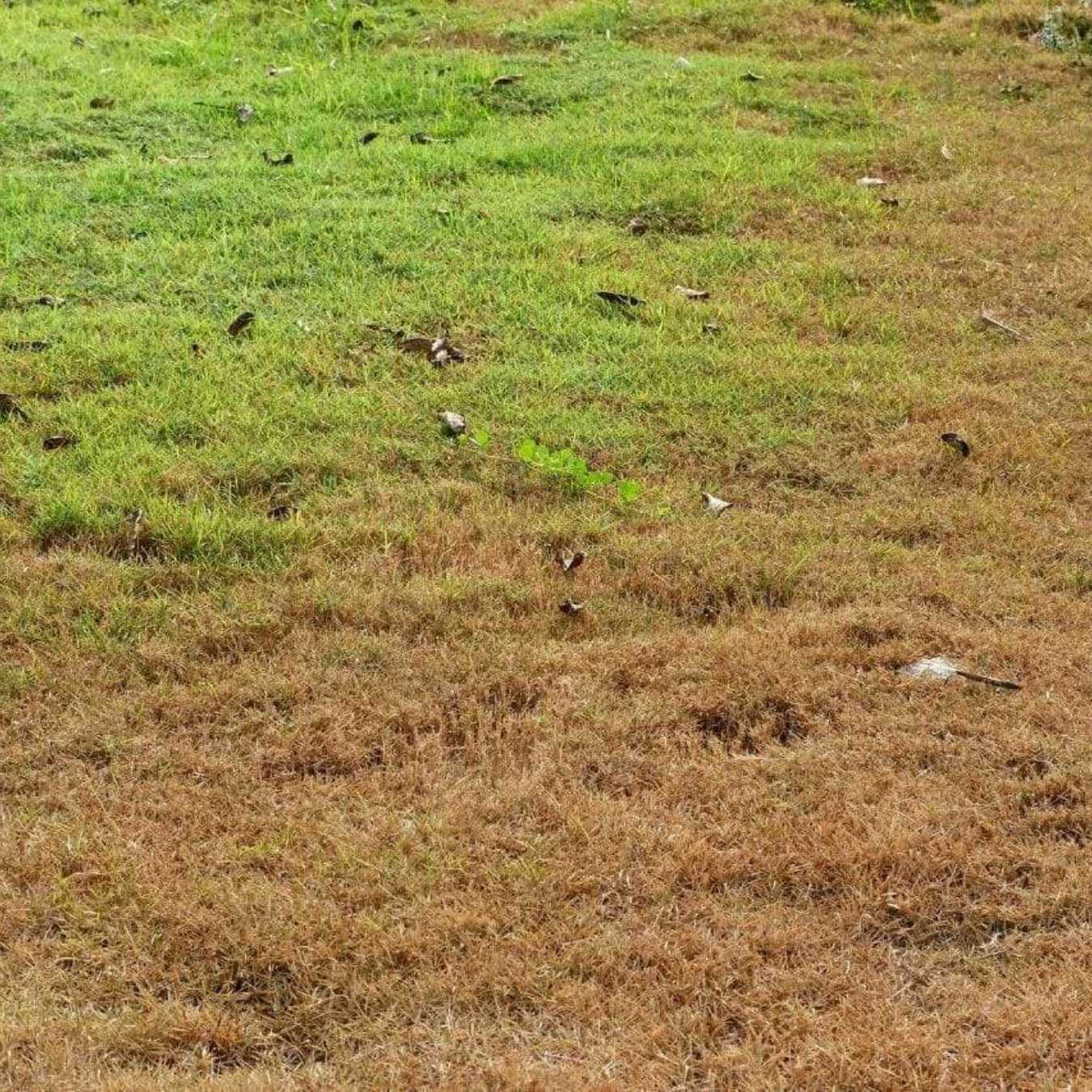
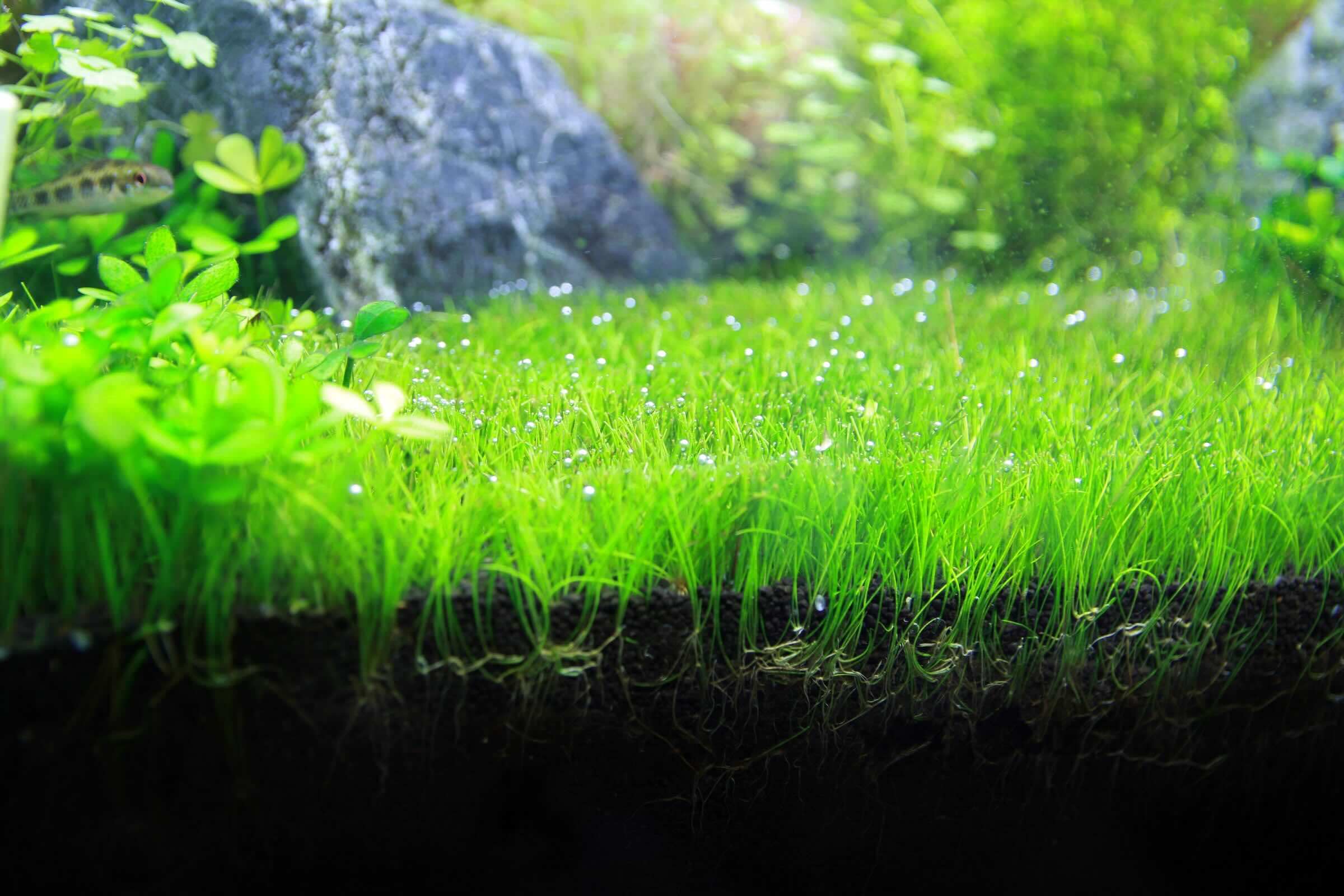
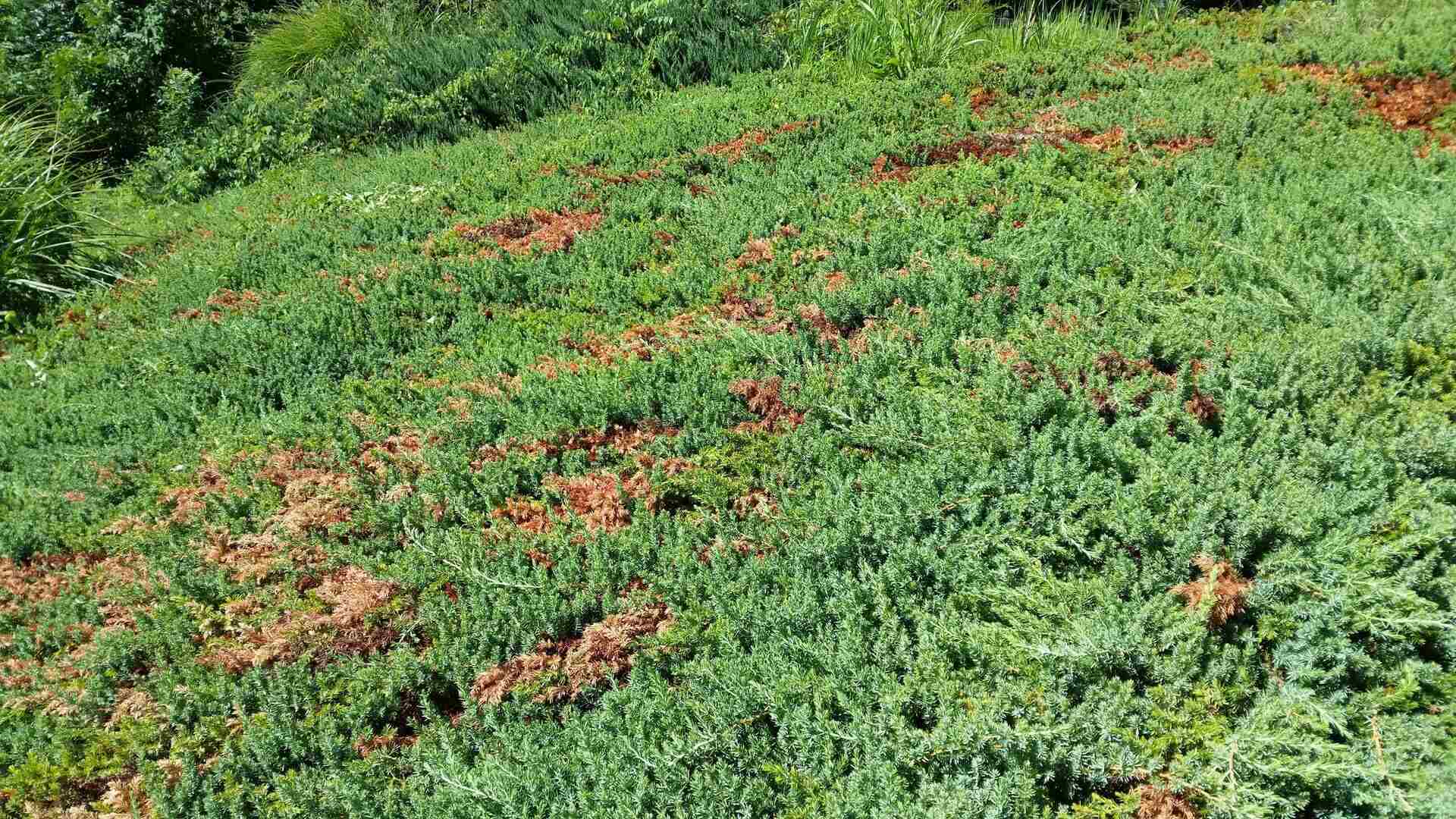
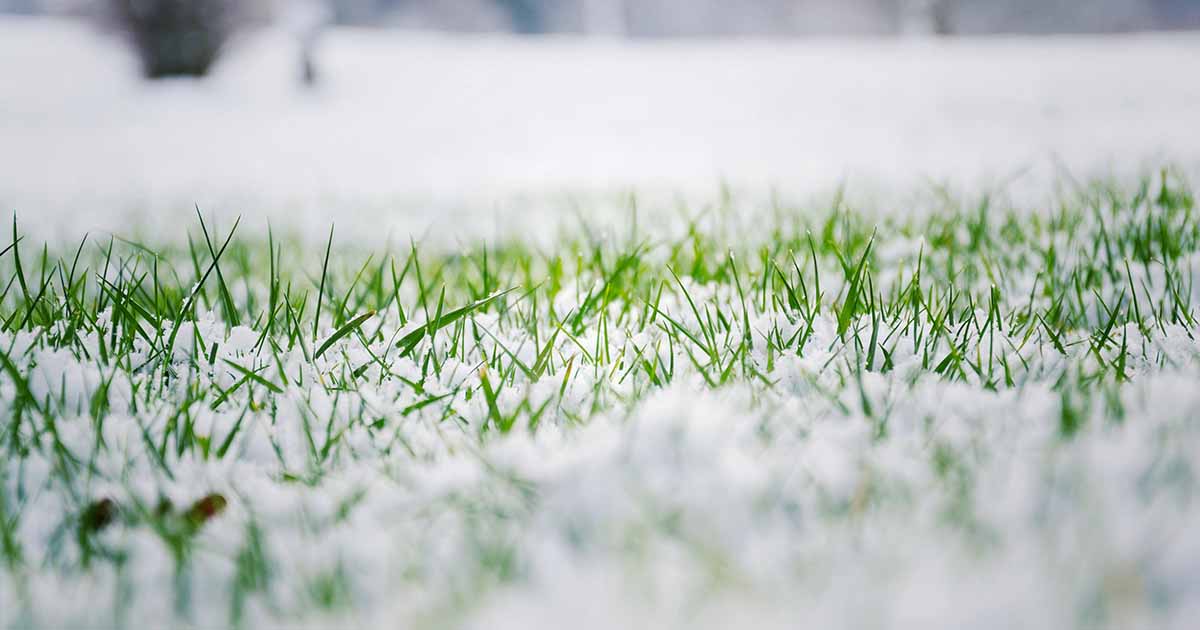
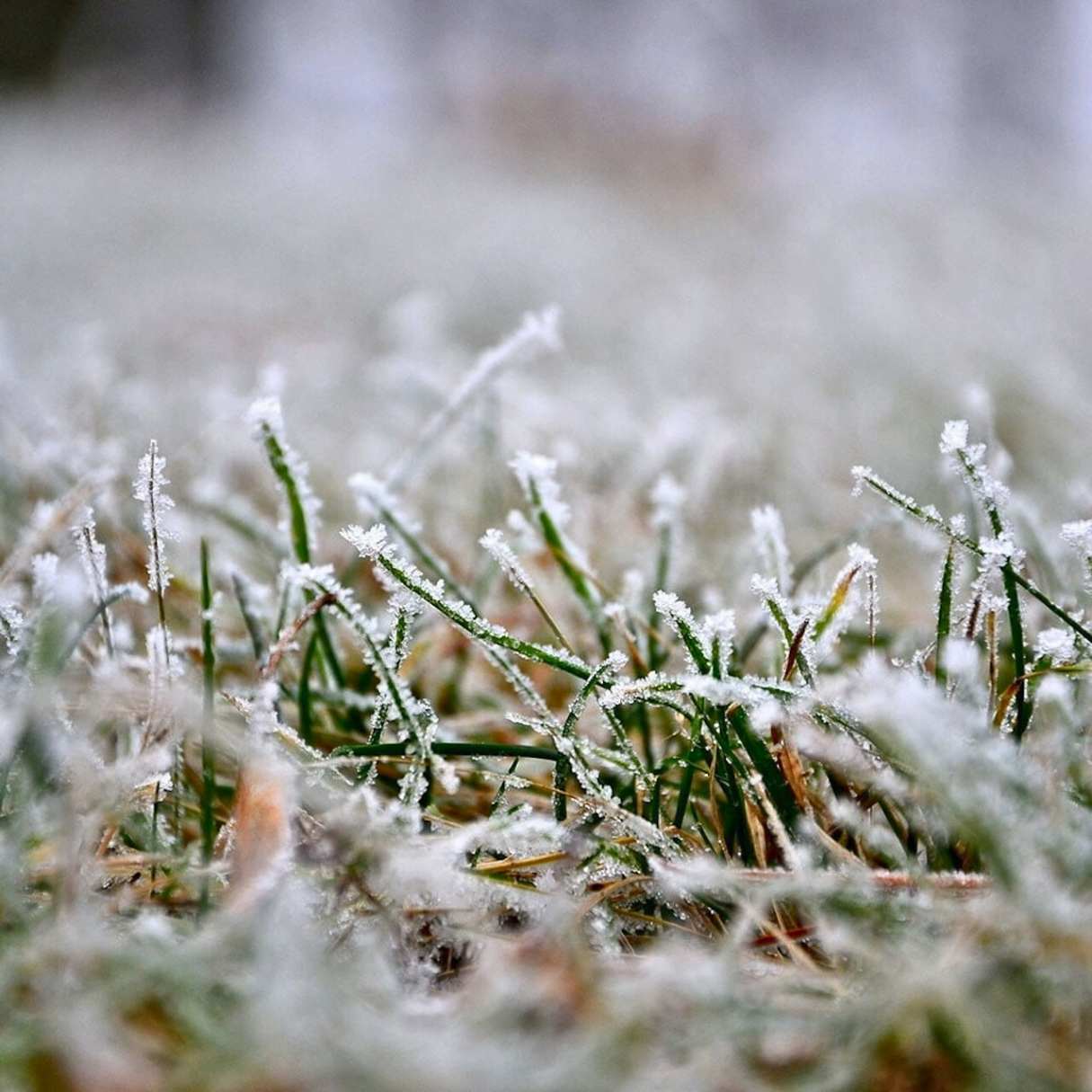
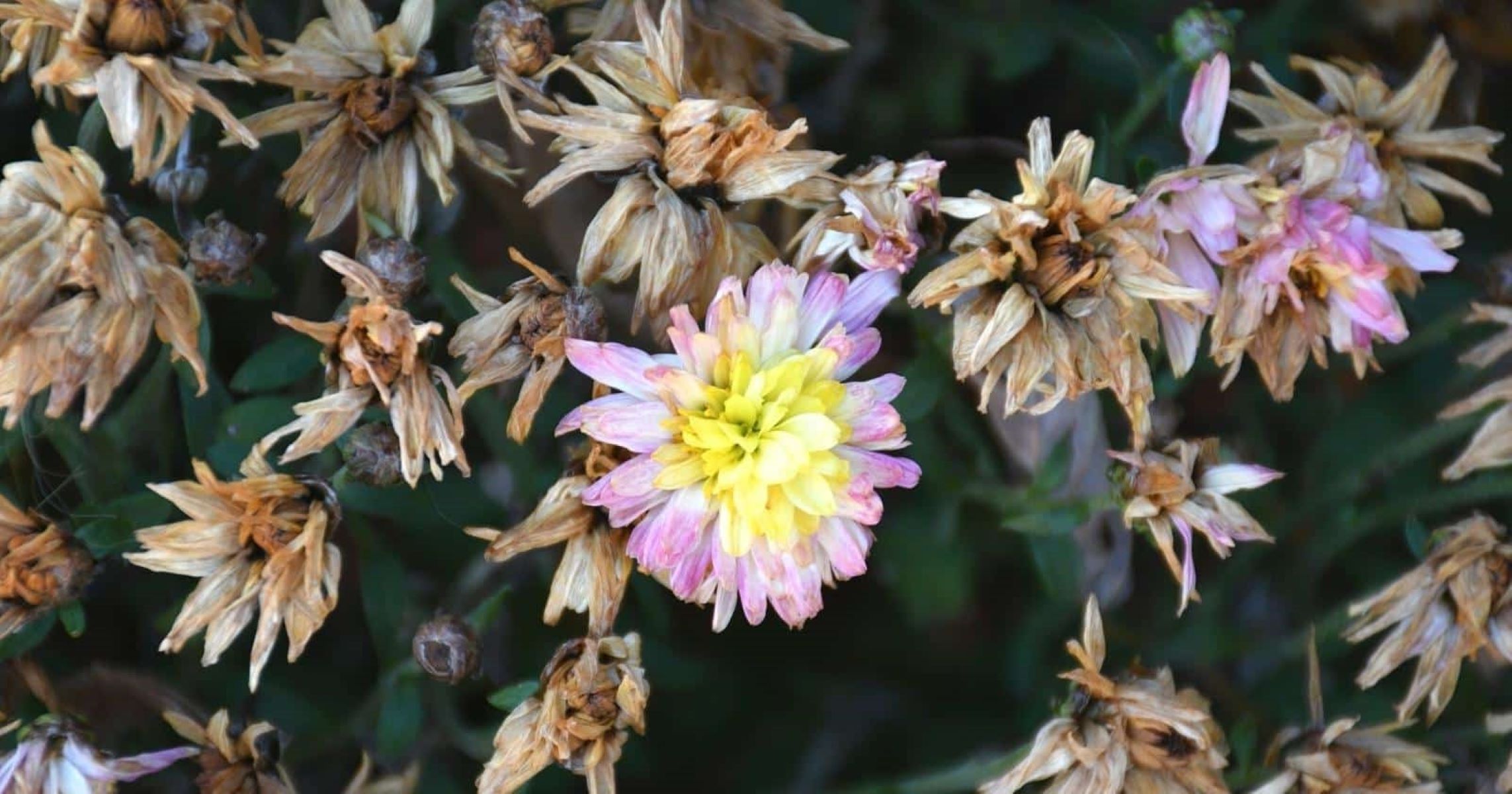
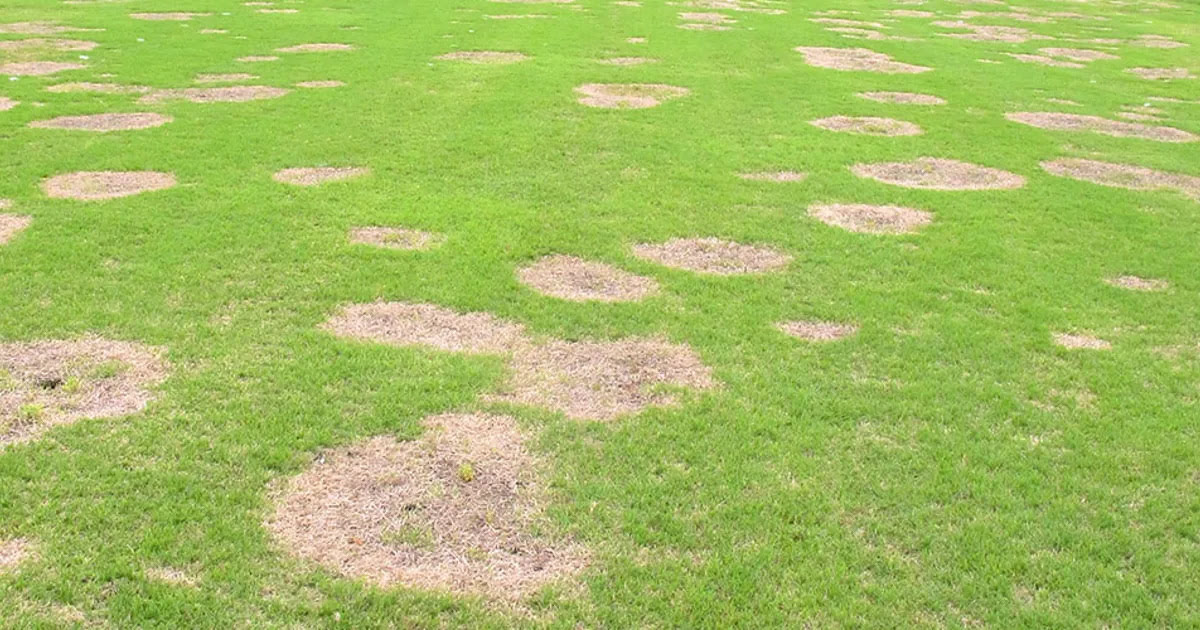
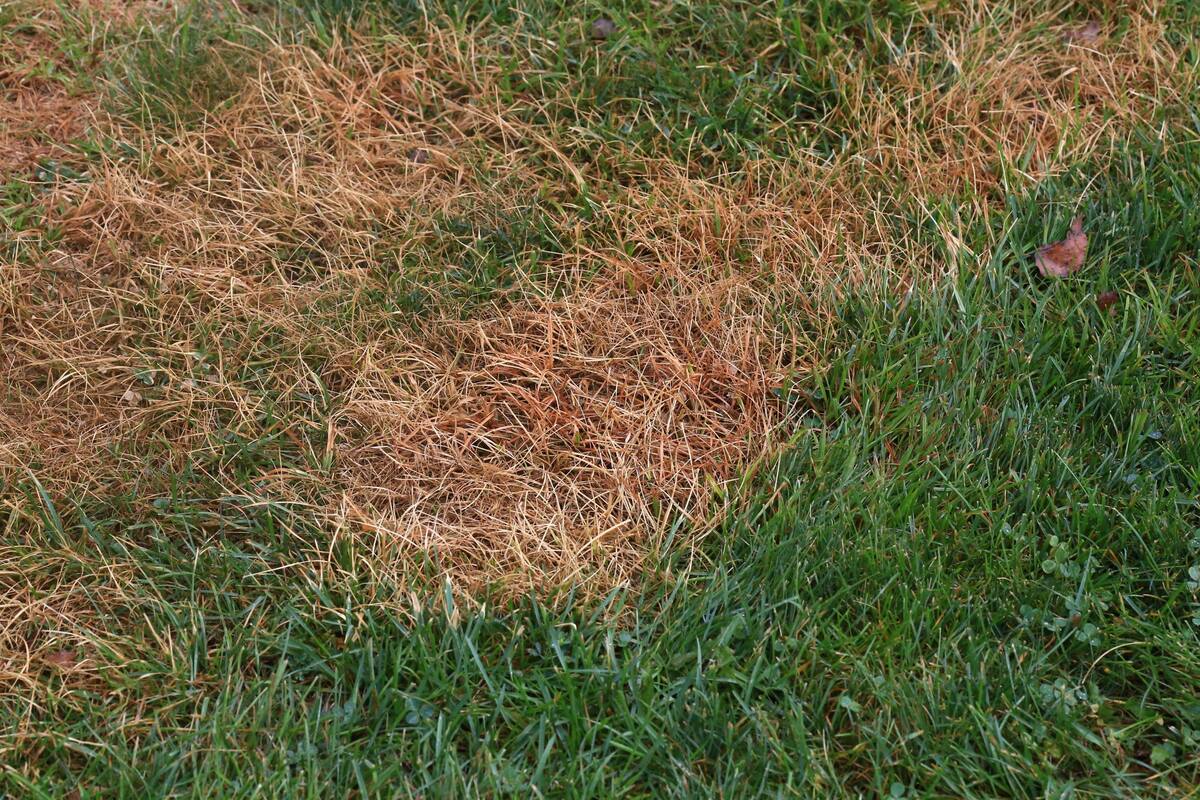
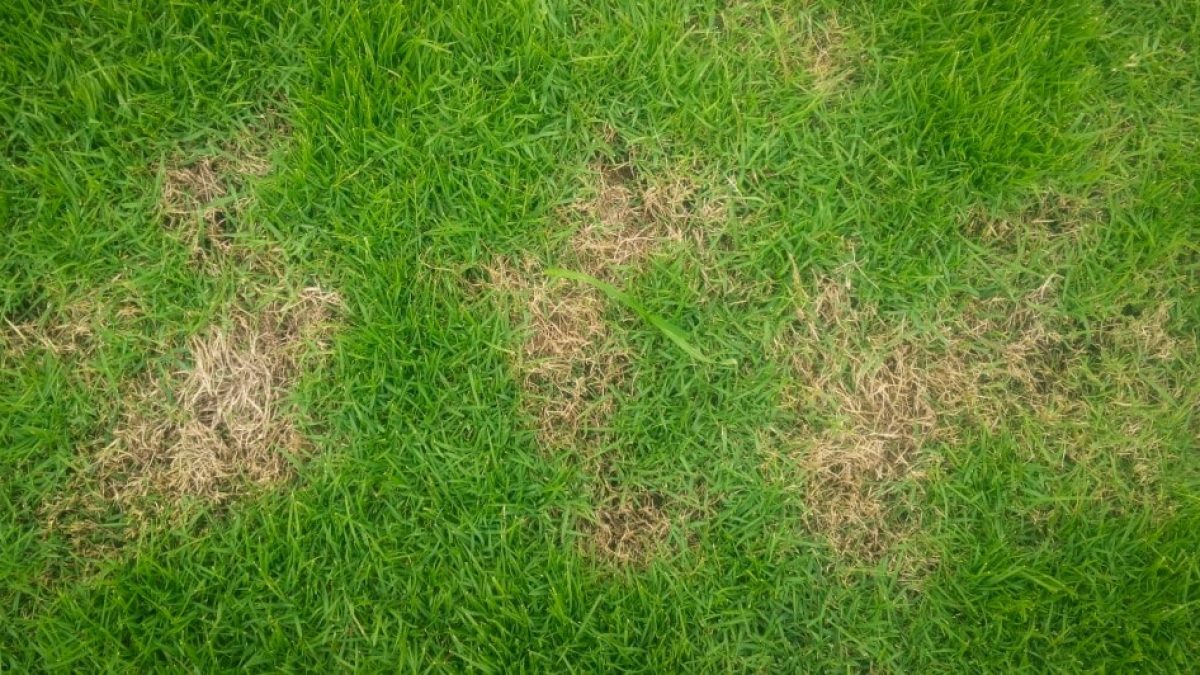
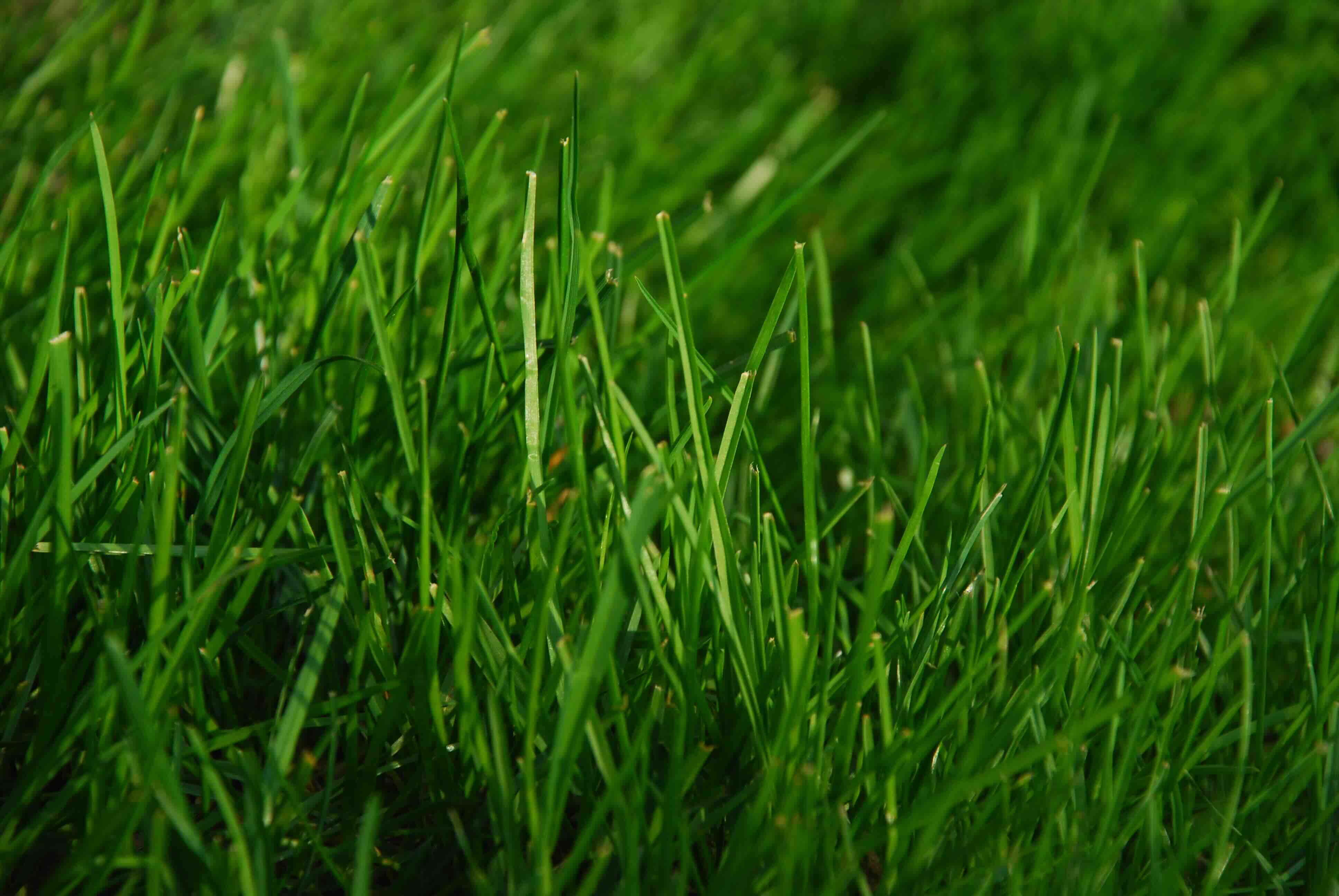
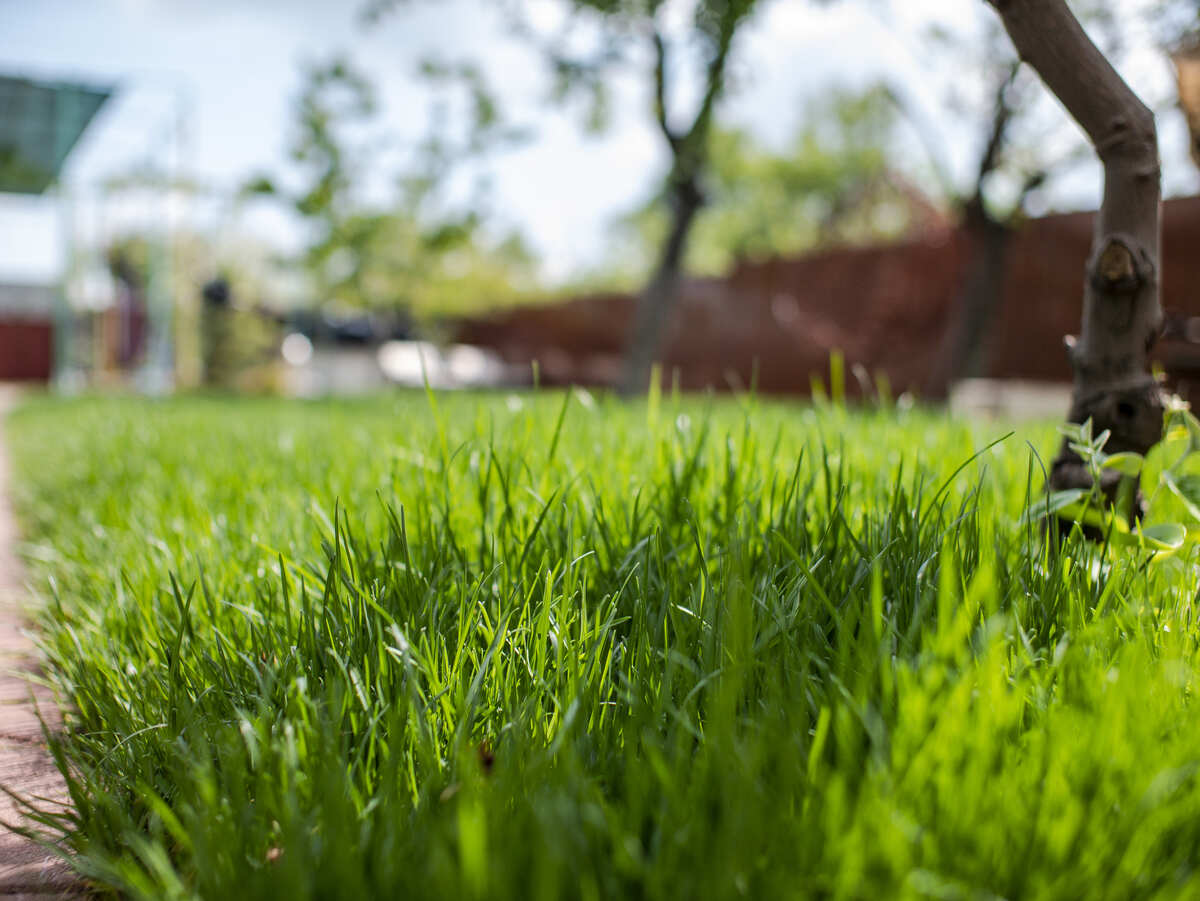
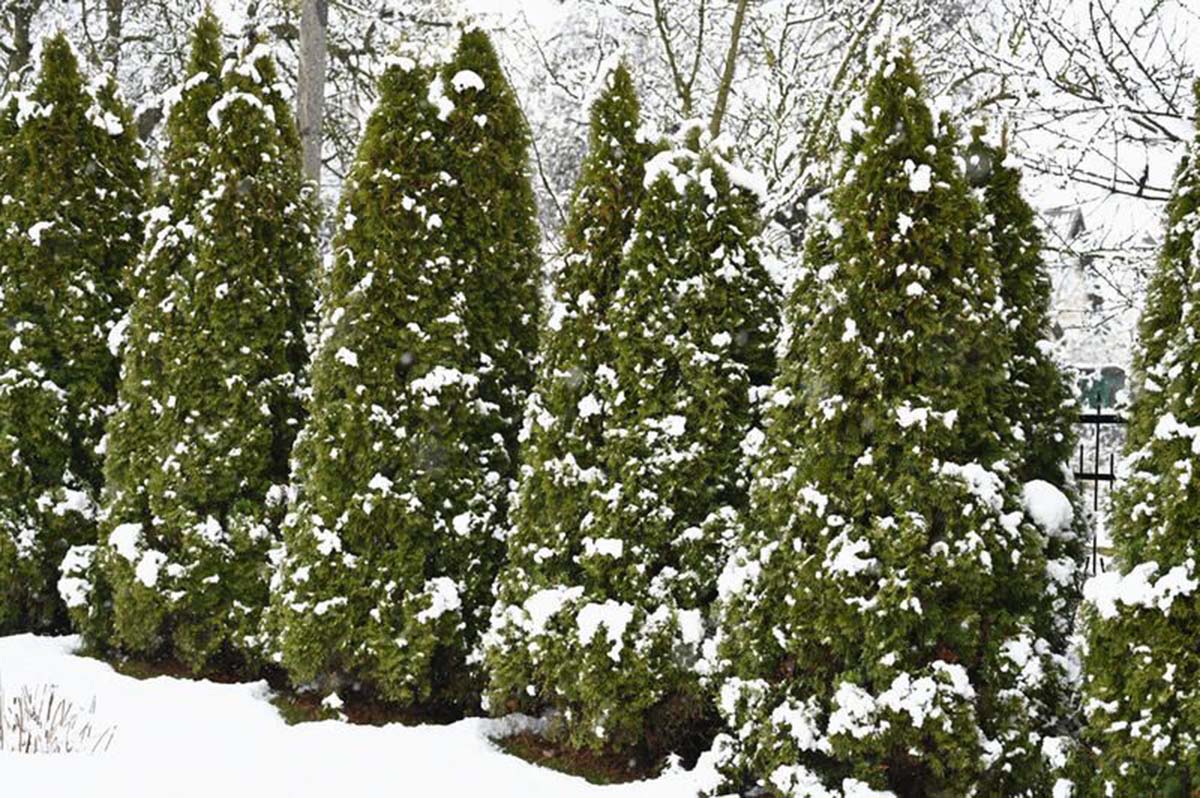
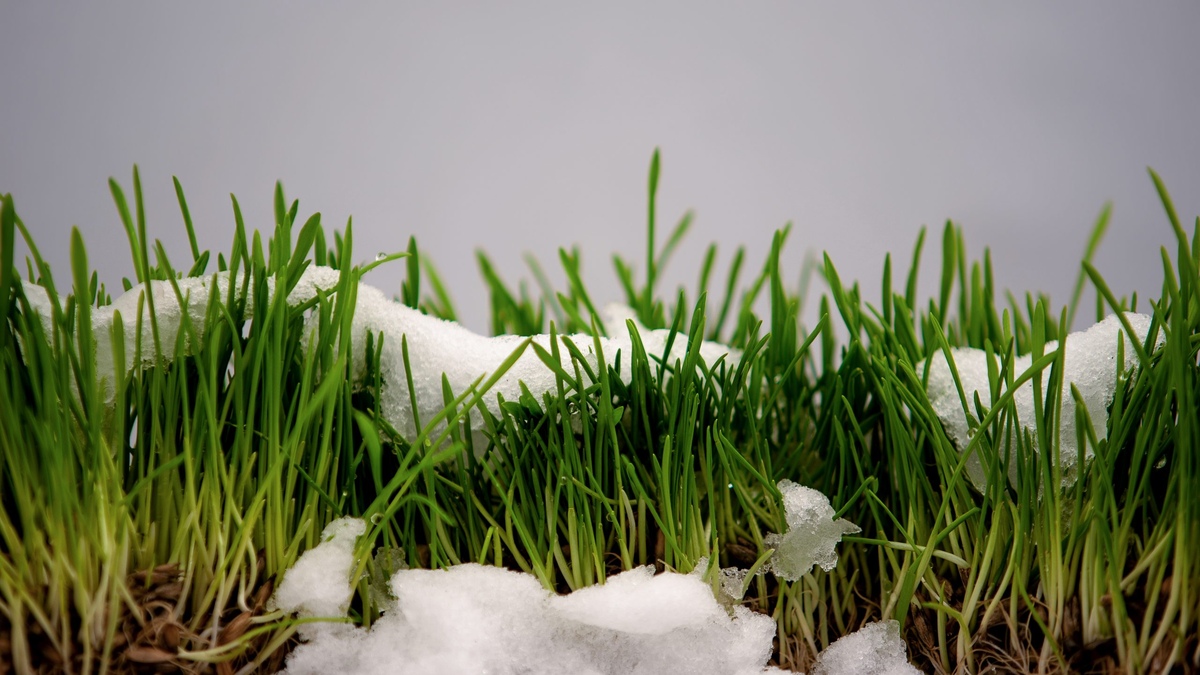
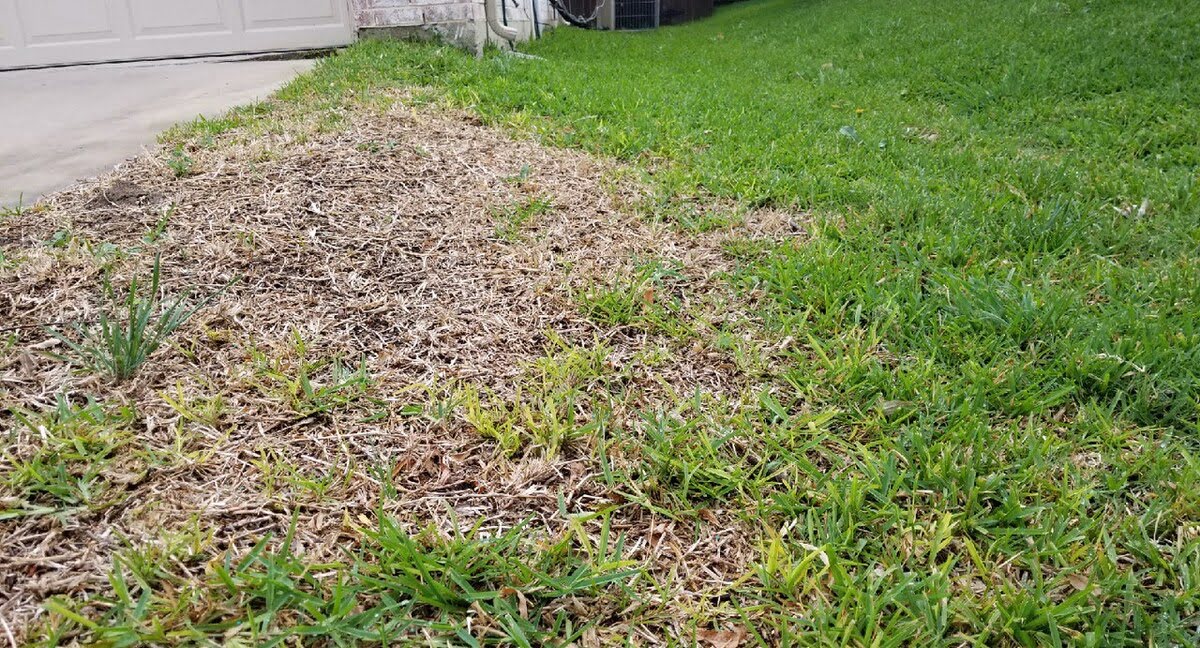

0 thoughts on “What Grass Turns Brown In Winter”